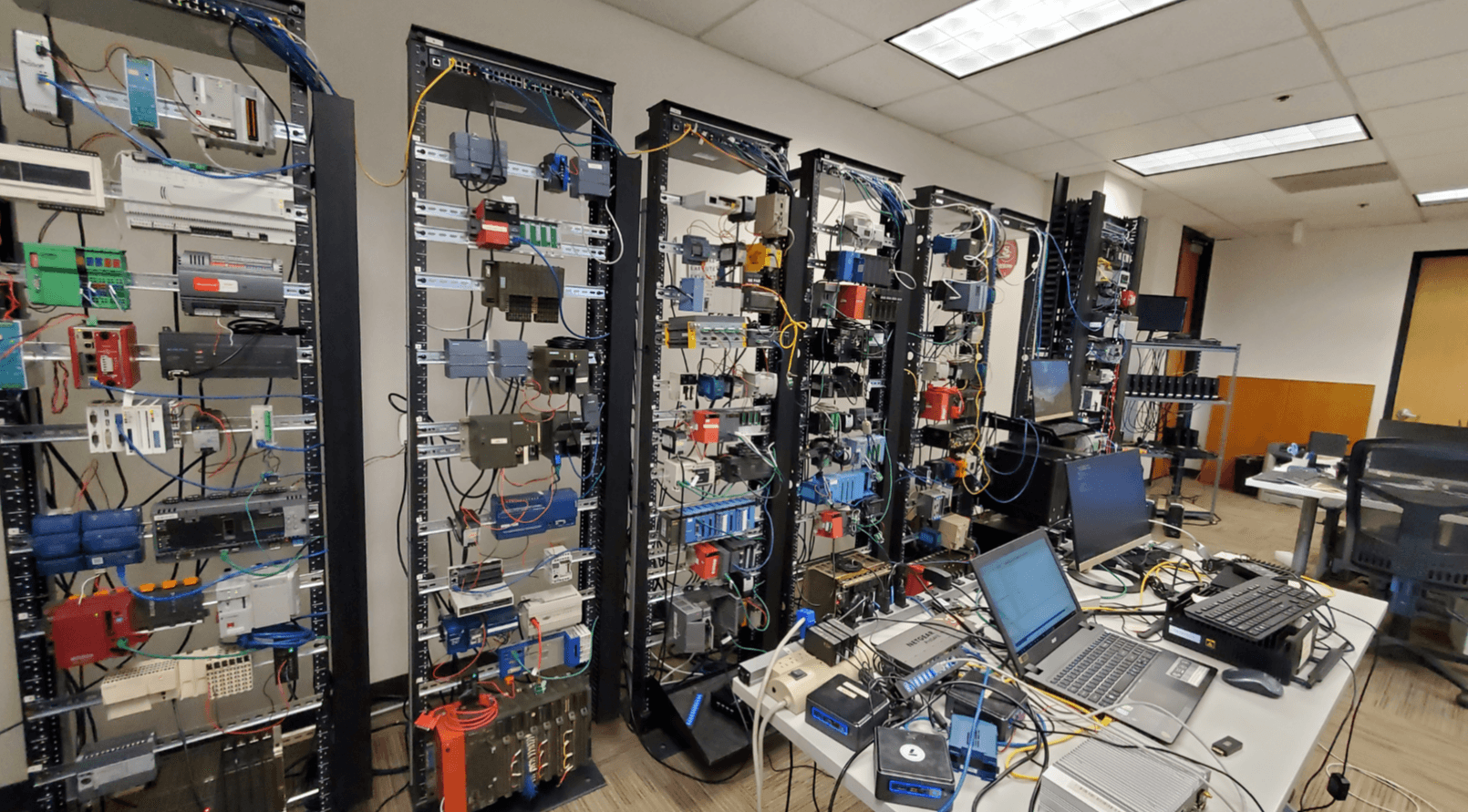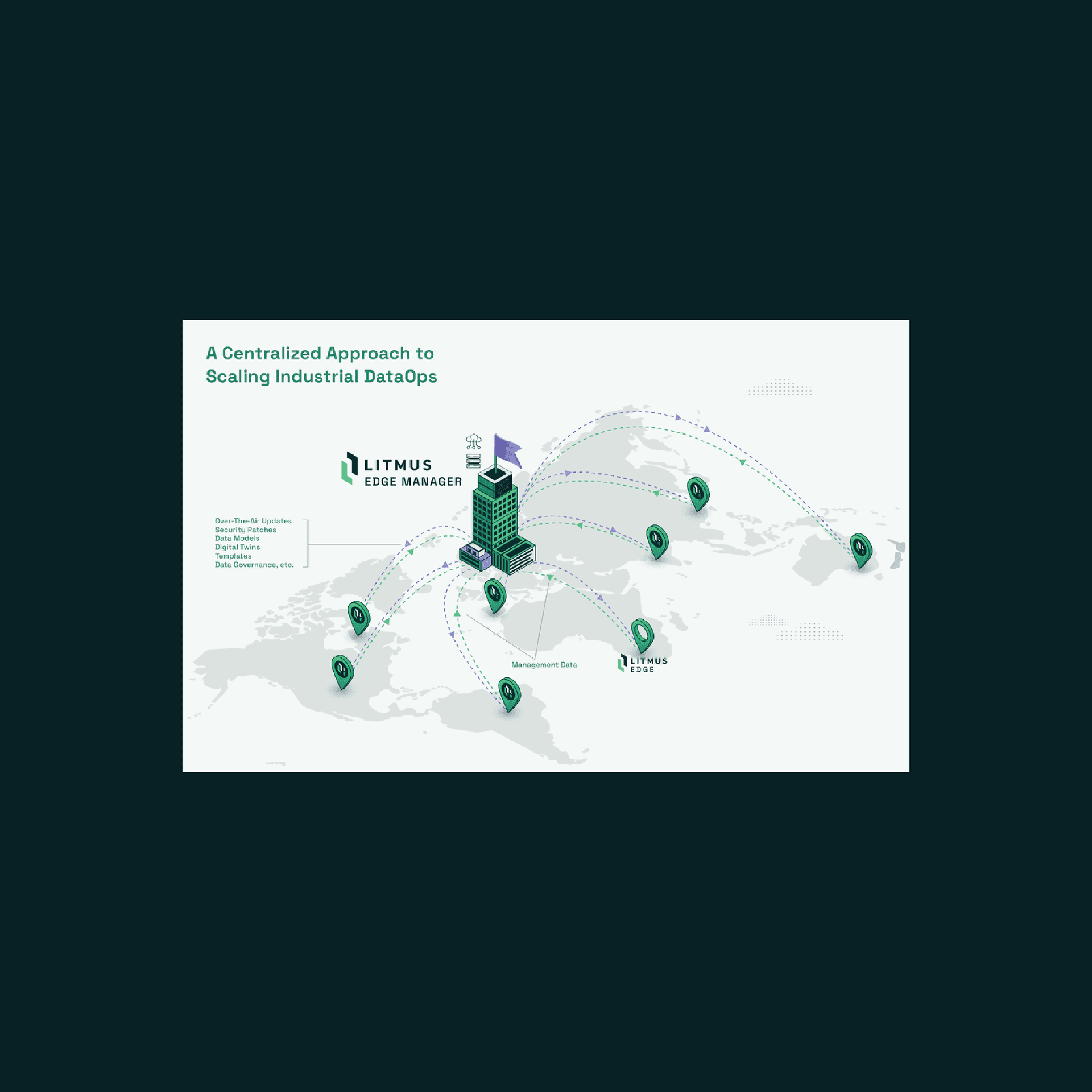In the realm of innovation and design, Steve Jobs remains an emblematic figure—his quest for perfection and focus on what truly matters has left an indelible mark on how products are created and experienced. He once stated, “Deciding what not to do is as important as deciding what to do.” This philosophy, rooted in the art of focusing on core competencies and excelling in them, is more relevant today than ever, particularly in the manufacturing sector.
As the manufacturing landscape evolves at a breakneck pace, the temptation to reinvent the wheel can be alluring. However, the pursuit of novelty without clarity of purpose poses a stark contradiction to achieving excellence and delivering value. It's within this context that business leaders must steer their teams towards focusing on core competencies—encouraging an environment where leveraging existing technologies and methodologies isn't just an option; it's a strategic imperative.
The Case for Core Competencies
Cost Efficiency: Venturing into the unknown, or creating from scratch, entails significant financial risks. R&D isn't just a monetary investment; it's a commitment of time and resources, which could otherwise be channeled into enhancing existing platforms that already demonstrate value and efficacy. Utilizing proven solutions doesn't just cut costs—it reallocates them towards refining what truly sets a manufacturer apart.
Faster Time-to-Market: In the competitive ballet of market presence, timing isn't just a factor; it's the factor. By adopting established solutions, manufacturers can leapfrog the developmental marathon and deploy their products or services swiftly, aligning closely with market demands and consumer expectations.
Risk Reduction: Innovation, while necessary for growth, carries its share of risks. The journey of reinvention is fraught with potential missteps and failures. Established practices, however, offer a roadmap to success—minimizing uncertainties and steering endeavors towards predictable and positive outcomes.
Increased Focus on Core Competencies: In the cacophony of potential innovation paths, it's vital to remember what defines and differentiates a manufacturer. Channeling efforts into core strengths not only enhances product offerings but solidifies a brand's presence in the marketplace, reinforcing its unique value proposition.
Scalability and Flexibility: Establishing a foundation on tried-and-true solutions allows businesses to remain agile—adapting to market shifts without the exhaustive need for redevelopment. This strategic flexibility is paramount in maintaining a competitive edge.
Leveraging Collective Intelligence: In the digital age, the wisdom of crowds is an invaluable resource. By focusing on outcomes and embracing established technologies, manufacturers can tap into a reservoir of collective experience, drawing on a wealth of insights, best practices, and lessons learned.
Sustainability and Resource Optimization: With sustainability fast becoming a linchpin of competitive advantage, focusing on outcomes can significantly enhance resource efficiency—minimizing waste and reducing environmental impact, thus aligning profitability with planetary stewardship.
Compliance and Standards: The path of innovation must always be navigated with an eye towards compliance. Established solutions inherently align with industry standards—safeguarding manufacturers against the pitfalls of non-compliance and the oversight of critical regulations.
Industrial DataOps and Innovation Dilemma
The lesson Steve Jobs imparts is clear: focusing on excellence in one’s core competencies fosters not just innovation, but meaningful innovation. For manufacturers in today's dynamic environment, the merits of leveraging what works—refining and perfecting it—cannot be overstated. It is through this lens that businesses can achieve transformational growth, ensuring that their offerings are not just market-ready, but market-leading.
Delving deeper into the intricacies of Industrial DataOps reveals the complexity and layered nature of the process—a multifaceted journey from raw data collection to actionable insights that power the manufacturing landscape. Yet, amidst the digital transformation lies a formidable challenge: no two industrial sites are exact replicas. The unique configurations, processes, and requirements of each site necessitate a tailored approach to Industrial DataOps, one that evolves and adapts, often at a significant cost in resources, time, and opportunity.
Check out this article from John Younes, COO and co-founder Litmus on the journey of data to information.
1. Industrial Connectivity
At the outset, establishing connectivity across a diverse array of industrial equipment and systems presents the initial hurdle. Each site may operate different machinery, legacy systems, and software, making standardized connectivity a complex endeavor. This foundational step is critical, yet navigating the variations across sites can significantly complicate the scalability of DataOps solutions.
2. Data Collection & Normalization
Following connectivity, the task of collecting and normalizing data to ensure consistency across various sources and formats ensues. Each industrial site can generate an overwhelming volume of data in disparate formats, making normalization not just a technical challenge but a logistical one, requiring both precision and a deep understanding of the data’s underlying semantics.
3. Data Analysis & Visualization
With data harmonized, the focus shifts to analysis and visualization—turning data into insights. However, the complexity here lies not just in the analysis itself but in developing systems that can adapt to the specific operational nuances of each site. A one-size-fits-all approach is seldom effective, given the unique performance indicators and objectives at play.
4. Contextualizing & Data Modelling
The true value of data emerges when it’s fully contextualized—when raw data points are transformed into a coherent model that reflects the operational reality of a site. This stage demands a deep integration of industry knowledge and data science, a synthesis complicated by the diversity and specificity of industrial processes.
5. Data Integration
Incorporating these insights into everyday operations through data integration introduces another layer of complexity. Each industrial site might use different platforms for management and operations, thus integrating new data-driven solutions requires bespoke adaptation, ensuring that the insights generated are actionable and seamlessly feed into existing workflows.
6. Data Governance & Security
Amidst these operational challenges, the imperative of data governance and security looms large. Each site’s data landscape not only varies in structure but in the regulatory and compliance obligations it must satisfy. Crafting comprehensive governance policies that are robust yet flexible enough to accommodate these variations is a daunting task.
7. Data Sharing
The ability to share data across sites and with external partners amplifies the operational potential of DataOps, yet here too, the diversity of industrial environments complicates matters. Ensuring interoperability and maintaining consistency in data sharing standards across sites pose significant challenges, impeding the free flow of insights that could drive collective improvements.
8. Managing Scale
Perhaps the most formidable challenge is the management of scale. Industrial DataOps is not a set-and-forget solution; it’s a living process that needs to grow and adapt. As manufacturers pilot solutions at one site and then attempt to replicate success across others, they often encounter escalating costs and diminishing returns. By the third site, the realization dawns that the investment in custom solutions—be it in resources, time, or missed opportunities—far exceeds initial estimates. Moreover, without a dedicated support structure or the ability to leverage collective intelligence from the industry or peer companies, manufacturers find themselves grappling with sub-optimal solutions that are both costly and inefficacious.
This escalating complexity underscores the need for a more standardized, flexible, and collaborative approach to Industrial DataOps. One that accounts for the unique characteristics of each industrial site while leveraging shared knowledge and technologies to streamline processes, mitigate risks, and optimize resources. Such an approach not only addresses the operational intricacies inherent in scaling DataOps solutions across diverse sites but also opens avenues for innovation, resilience, and sustained growth in the digital manufacturing landscape.
Conclusion
In this intricate web of challenges that define the landscape of Industrial DataOps, Litmus emerges as a trusted partner for manufacturers navigating the complexities of digital transformation. What sets Litmus apart—and positions it as a leader in this space—is its comprehensive offering that spans all eight crucial steps in the Industrial DataOps journey. From the initial connectivity to managing the sprawling scale of operations, Litmus ensures a seamless execution, eliminating the guesswork that typically plagues such endeavors. This holistic approach not only streamlines the process but also significantly accelerates the transition from pilot projects to full-scale deployment across multiple sites. With Litmus, manufacturers gain access to a unified platform that simplifies the intricate dance of data collection, analysis, integration, and governance, paving the way for rapid, efficient, and secure digital operations. In an industry where bespoke solutions and fragmented processes can quickly spiral into costly, sub-optimal outcomes, Litmus offers a streamlined, standardized, yet flexible pathway to success in Industrial DataOps, marking a new era of efficiency and innovation in manufacturing.



